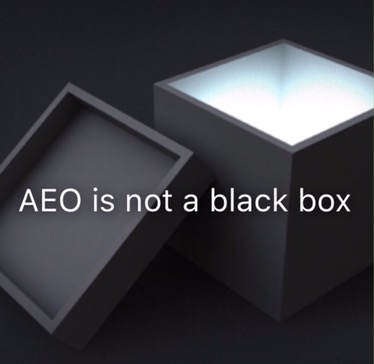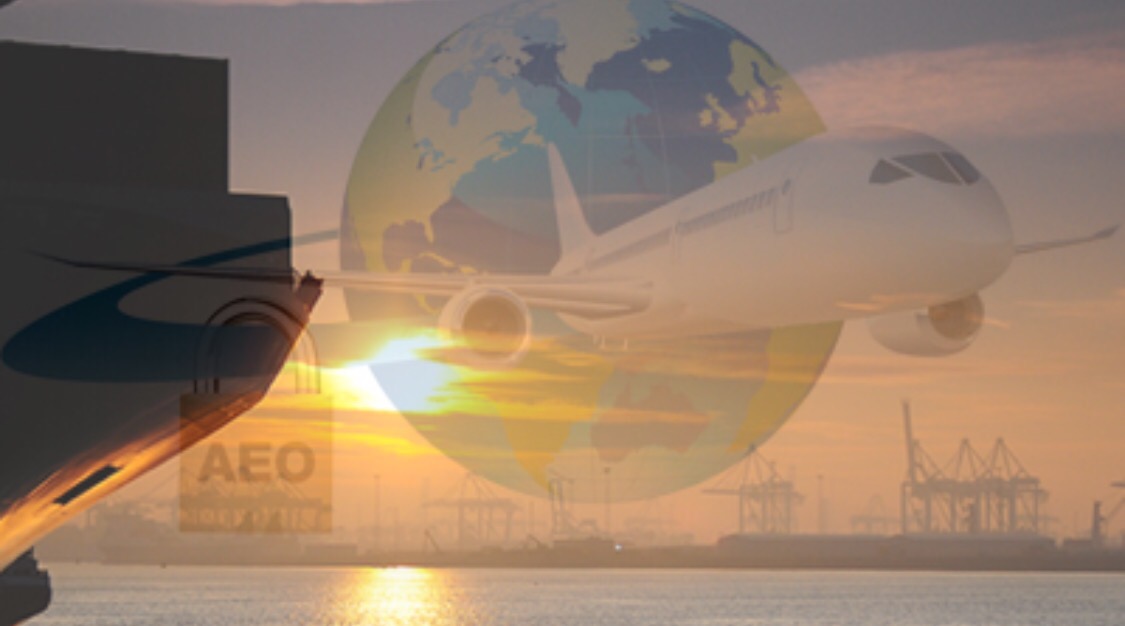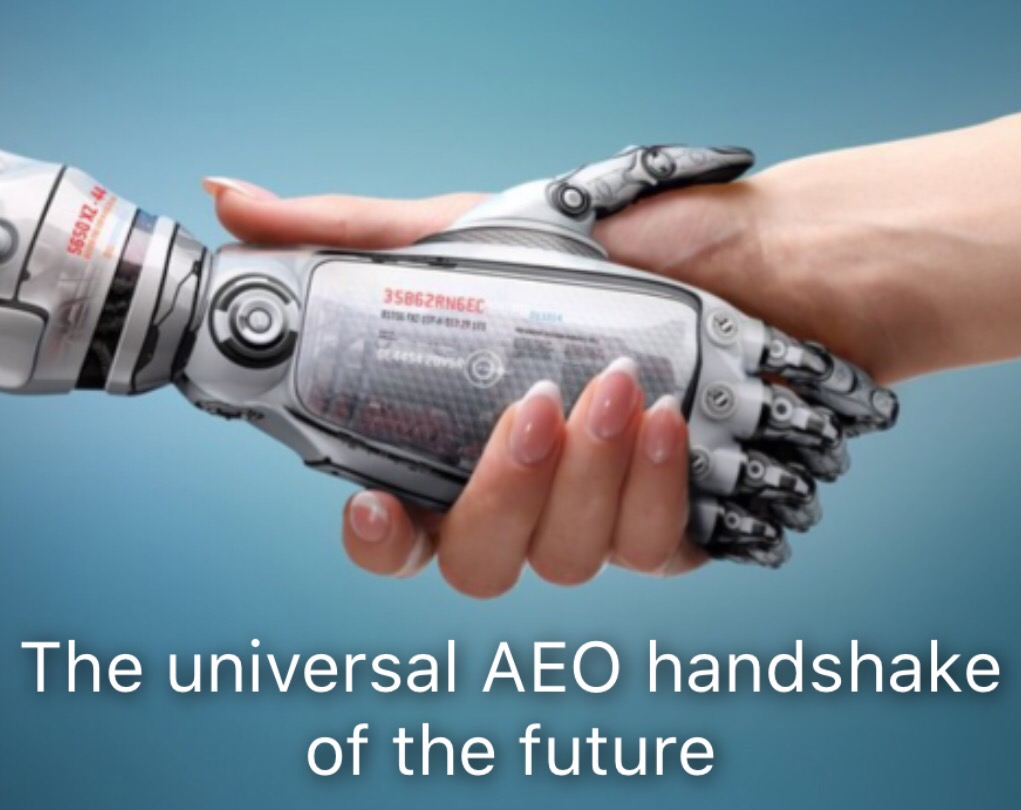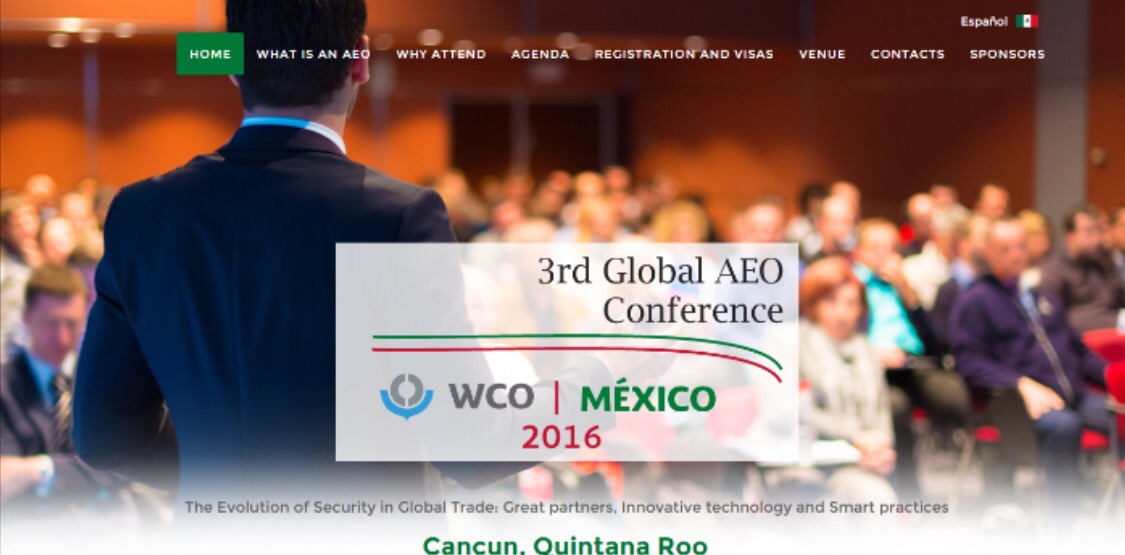The future of AEO – Change is here!
AEO is not a black box. It is not a project like all other projects or a system that works in parallel with a range of other models. AEO is the new Customs management concept based on a principle of diversion of trade flows depending on risk. It has been all along. Even though the concept has been known and used for more than 10 years, it is really happening now. AEO is a new, smarter and more effecient control model – if designed, developed, implemented and operated in the correct way. So what is the new thing? Stay with me, I will come to that.

In the late 90s a number of countries, starting with Sweden, designed and developed compliance management concepts based on basic principles outlined in the World Customs Organizations’ Revised Kyoto Convention. Some of these models, like the Swedish Stairway Concept, were advanced risk management systems designed to foster compliance in exchange for faster and more predictable border processes. The Trusted Trader Programmes were born.
Post 9/11 the Customs community developed a new model also covering security and safery parameters, based on the experience of these previously successful systems. The model was documented as the Authorised Economic Operators (AEO) Concept, one of the key pillars and international standards of the World Customs Organizations’ SAFE Framework of Standards. I had the fortune to be involved in all of these development phases, a very dynamic period of Customs history.
Now, ten years after the introduction of SAFE, the AEO concept is changing again. We are starting to see implementation of holistic more mature AEO programmes, covering both compliance and security as integrated models. These models have a considerably larger potential of being successful, since they include risk-compliance management based procedures for the entire operation, generating more efficient and predictable import and export processes – and thus benefits for all stakeholders. Leaving us with a classic win-win situation.

These concepts also provide a platform for border coordination and functional Single Windows. In fact, this is the major new trend we see right now (and several countries are already in the process of doing this for the moment) namely the design of a Single AEO Government Status. The SA(EO)GS is the ultimate benefit for private sector and a potential for huge savings for Govenrment, as a practical application of the new SAFE pillar three. The universial handshake of the future.

There are many drivers for this change and new trend, like e.g; globalization, the WTO TFA process, introduction of new Border Agency organization structures and the need for more operational functional AEO Mutual Recognition Agreements (MRA).
We in KGH have over the last three years supported seven countries in the design of modern AEO and Trusted Trader programmes based on these new principles and many other countries are planning to do the same. Several of the major countries and trading nations that were early AEO adopters in the last decade are now analysing how to upgrade and further develop their old AEO platforms to more mature and modern versions. I am involved in several of these discussions as Senior International Advisor.
This week more than one thousand delegates from all around the world will meet in Cancun, Mexico, for the third World Customs Organizations Global AEO Conference.

I will be there. If you are going too, don’t miss the birth of the new AEO paradigm. Several of our clients, like Australia, Brazil and UAE, will be there to present and demonstrate their models. This is the beginning of the new revolution, the future of AEO and Customs.
You must be logged in to post a comment.